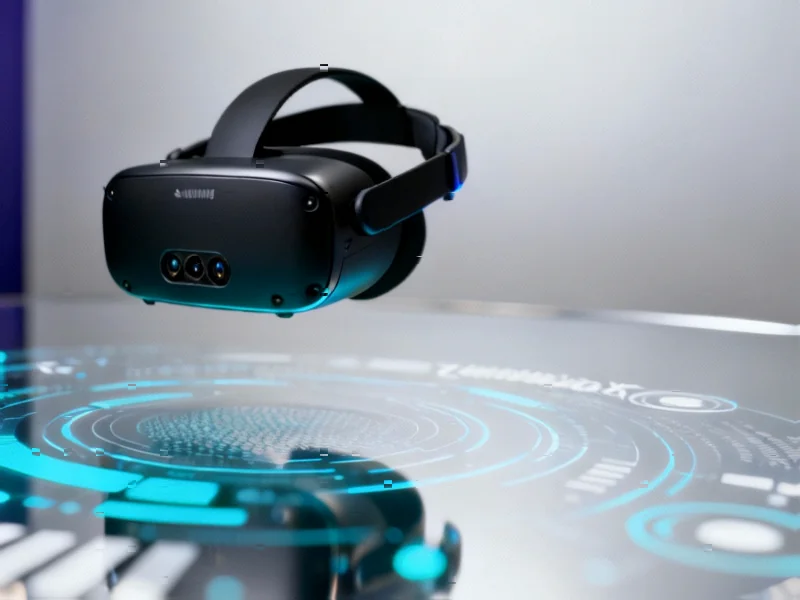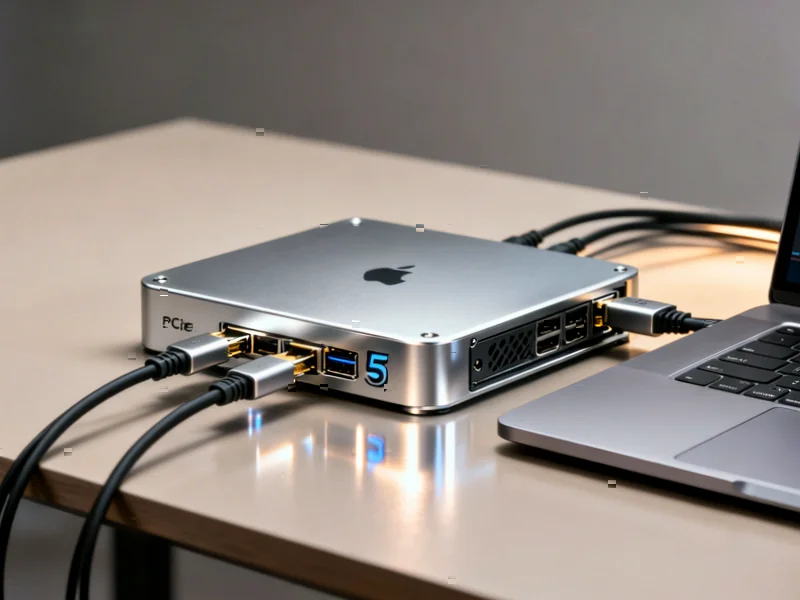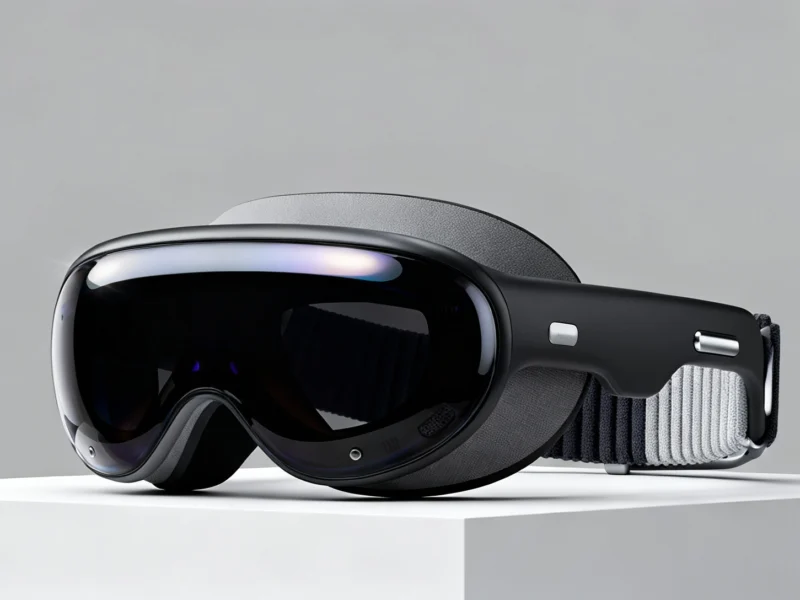According to Manufacturing.net, Anduril has officially opened a 7,400 m² Ghost Shark manufacturing facility in Sydney, Australia, just seven weeks after receiving a A$1.7 billion (USD$1.1 billion) investment from the Royal Australian Navy. The facility opened as the first Ghost Shark Extra Large Autonomous Underwater Vehicle rolled off the production line ahead of schedule, with the Navy planning to receive a fleet of these vehicles over the next five years. The project represents a radical departure from traditional defense acquisition, featuring embedded personnel from both organizations working together under a $140 million co-development contract that delivered three prototypes ahead of schedule and on budget. The first production model will now undergo sea testing ahead of planned delivery in January 2026, completing a journey from prototype to fleet in under three years. This accelerated timeline reflects a fundamental shift in defense technology development.
Table of Contents
The Co-Development Revolution
What makes the Ghost Shark program particularly significant isn’t just the technology itself, but the development methodology. Traditional defense procurement often involves years of bureaucratic processes, multiple rounds of competitive bidding, and rigid specifications that can become outdated before systems even reach production. The embedded personnel model—where Navy personnel worked alongside Anduril engineers and vice versa—represents a Silicon Valley approach to defense contracting. This methodology allows for rapid iteration, immediate feedback, and the kind of agile development that commercial tech companies have perfected but defense contractors have historically struggled to implement. The success of this approach could fundamentally reshape how Western militaries approach technology acquisition across all domains.
Strategic Implications in the Indo-Pacific
The Ghost Shark’s development comes against the backdrop of increasing Chinese naval presence in Australian waters, creating an urgent need for asymmetric capabilities. Large autonomous underwater vehicles represent a cost-effective way to maintain persistent surveillance across vast maritime territories without risking crewed vessels. Unlike traditional submarines that require extensive maintenance and large crews, AUVs can operate for extended periods with minimal support infrastructure. For Australia, with the world’s third-largest exclusive economic zone but a relatively small navy, autonomous systems provide force multiplication that’s essential for credible deterrence. The potential for export to allies suggests this could become a foundational technology for regional maritime security architectures.
Advanced Manufacturing as Strategic Advantage
Anduril’s investment in advanced robotic manufacturing and AI-driven logistics for the Sydney facility represents another strategic innovation. By sourcing parts from over 40 local suppliers and creating 150 high-skilled jobs, they’ve built both manufacturing capability and political support simultaneously. The custom test tank for in-water verification before sea trials demonstrates how Anduril’s approach integrates testing directly into the manufacturing process, reducing development cycles. This manufacturing strategy creates a virtuous cycle: rapid production capability enables faster iteration, which improves the product, which justifies further investment. It’s a model that traditional defense primes will need to adopt to remain competitive.
The Unanswered Questions and Challenges
Despite the impressive progress, significant challenges remain. Autonomous systems in contested environments face sophisticated electronic warfare threats, including jamming, spoofing, and cyber attacks. The transition from low-rate initial production to full-scale production in 2026 will test Anduril’s manufacturing scalability beyond prototype quantities. There’s also the question of how these systems will integrate with existing naval command structures—autonomous capabilities require new doctrines, training, and potentially even changes to military culture. The export approval process mentioned in the report could become politically complex, especially given the sensitive nature of advanced military AI systems.
Broader Defense Industry Impact
The Ghost Shark’s success—delivering ahead of schedule and on budget—challenges the entire defense industrial base. Traditional contractors typically face schedule delays and cost overruns on major programs, whereas Anduril’s performance suggests that Silicon Valley development methodologies can translate effectively to defense applications. This could accelerate the trend of nontraditional defense companies entering the market, particularly in autonomous systems. The $140 million co-development contract that produced three working prototypes represents extraordinary efficiency compared to traditional defense programs. If this model proves repeatable, it could reshape competitive dynamics across the global defense industry, forcing established players to either adapt their approaches or risk obsolescence.



